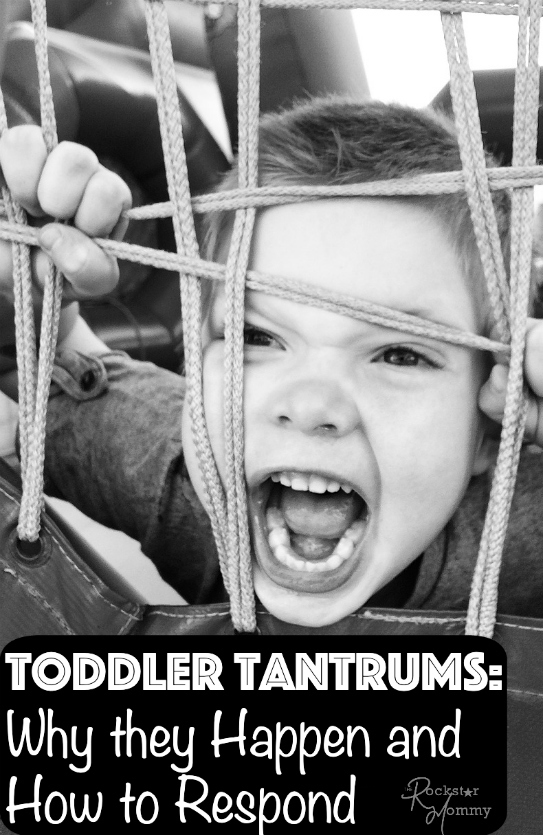Why they Happen and How to Respond Tantrums
Toddler tantrums are a common occurrence for any child between the ages of 2 and 6. This stage in childhood is a time when your little one has come to realize they have emotions. The issue is that your toddler isn’t quite sure how to express these emotions and isn’t sure what they are. All your little toddler knows is that they’re feeling a certain way and on comes the tantrum.

Email Me This Recipe!
Need to save time? Have this article emailed straight to your inbox + sign up for all the latest recipes!
Toddler Tantrums: Why they Happen and How to Respond Tantrums
Why do Toddler Tantrums Happen?
A toddler tantrum happens when a need or desire isn’t being met. Your toddler could be overtired, could be upset that they’re not getting what they want or don’t want to do something that you’ve told them to do. To put it simply, toddler tantrums happen when our little one feels like they’re not getting what they want or need on a regular basis. Toddler tantrums are your child’s way to show that they’re not happy about whatever is happening at the moment, or that they’re overtired.
How to Respond to Toddler Tantrums
There are many ways a parent opts to respond to their toddler’s tantrums, and today we’re going to focus on a handful of ways you can respond to toddler tantrums. This list of ideas should help you reduce toddler tantrums overall and minimize the length of time a toddler tantrum lasts.
Keep it Simple
Keeping it simple when you’re dealing with a toddler tantrum is the best tip I have for you. Use short but firm directions. If your toddler is throwing a fit because they don’t want to do whatever you’ve asked of them, try to do one step of that instruction at a time to help calm your toddler down from being overwhelmed about having to do the complete task. This works well during meal time when your toddler refuses to eat everything you’ve offered them, keep the instruction simple by focusing on one food item at a time and letting them choose which one to eat at the current moment.
Avoid Explanations
During a toddler tantrum, they’re not going to hear a word you’re saying. Avoid trying to use logic or reasoning skills during a tantrum. Your toddler is far too emotionally upset and will not hear a word you say. You should avoid trying to explain anything to your toddler during a toddler tantrum, instead, you could try to distract them from the current situation. Take your toddler away for a nap where you read a book to calm them or distract them with something that they enjoy. Once your toddler has calmed down, you can work to explain the issue at hand.
Big Hugs
If your toddler is throwing a huge toddler tantrum and you’re not sure what to do, you can embrace them in a big bear hug. Sometimes just wrapping your arms around your little one with a tight hugging embrace can calm their emotions back down. This hug must be firm, but not too hard and be loving in nature so that it distracts your toddler and helps calm them down from feeling such intense emotions. A big hug works as a distraction and to help your toddler come down from a toddler tantrum in a more positive way where they connected, safe and loved.
There you have it, just a few ways to work towards responding to toddler tantrums. No matter how consistent you are and good of a parent you are, toddlers will forever have toddler tantrums. This is simply a part of growing older and learning how to handle their emotions. If you’re there to help guide them forward with each toddler tantrum, you’ll soon find that they learn how to cope with negative emotions and start to express themselves in a healthier way in the future.


